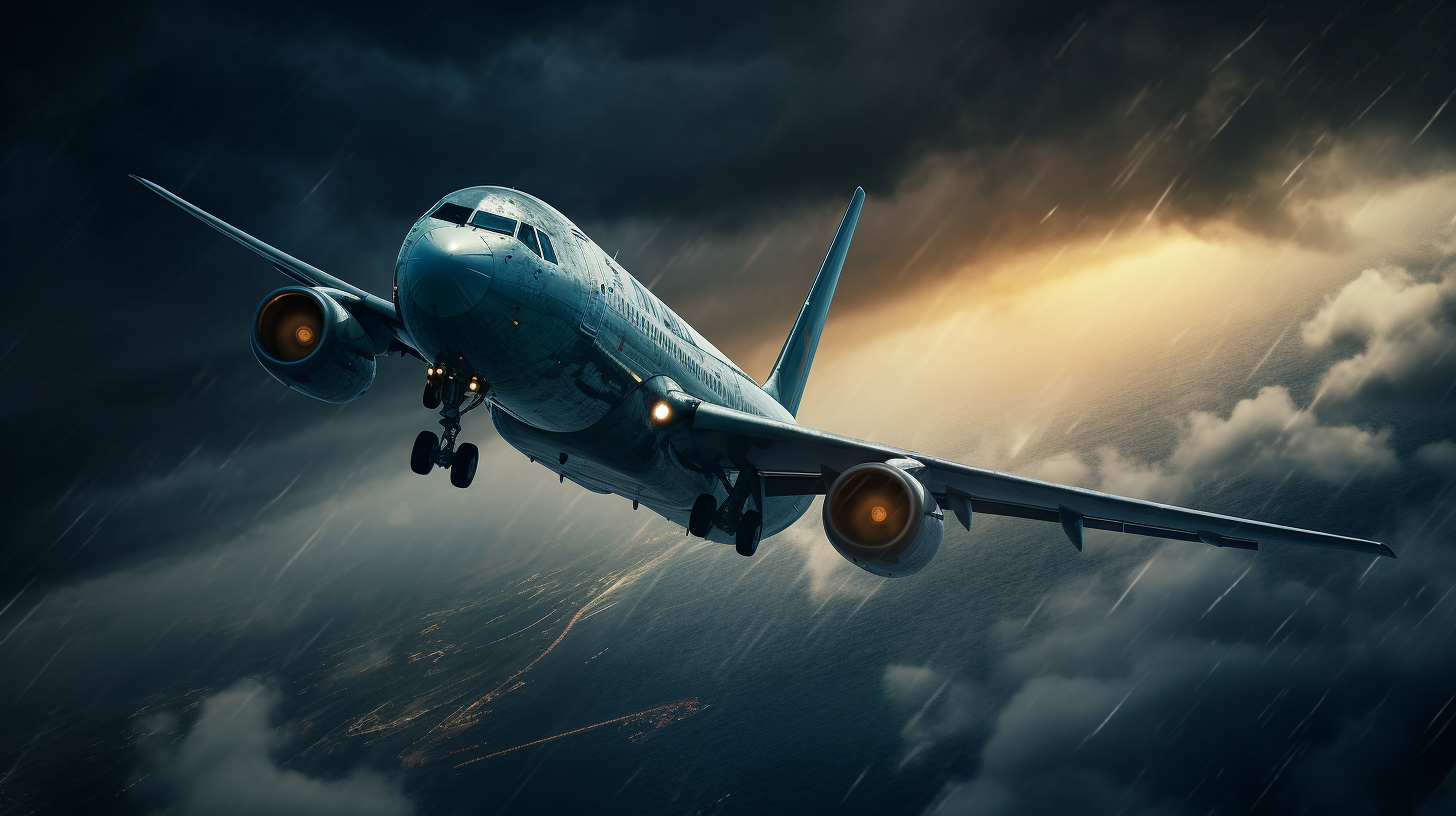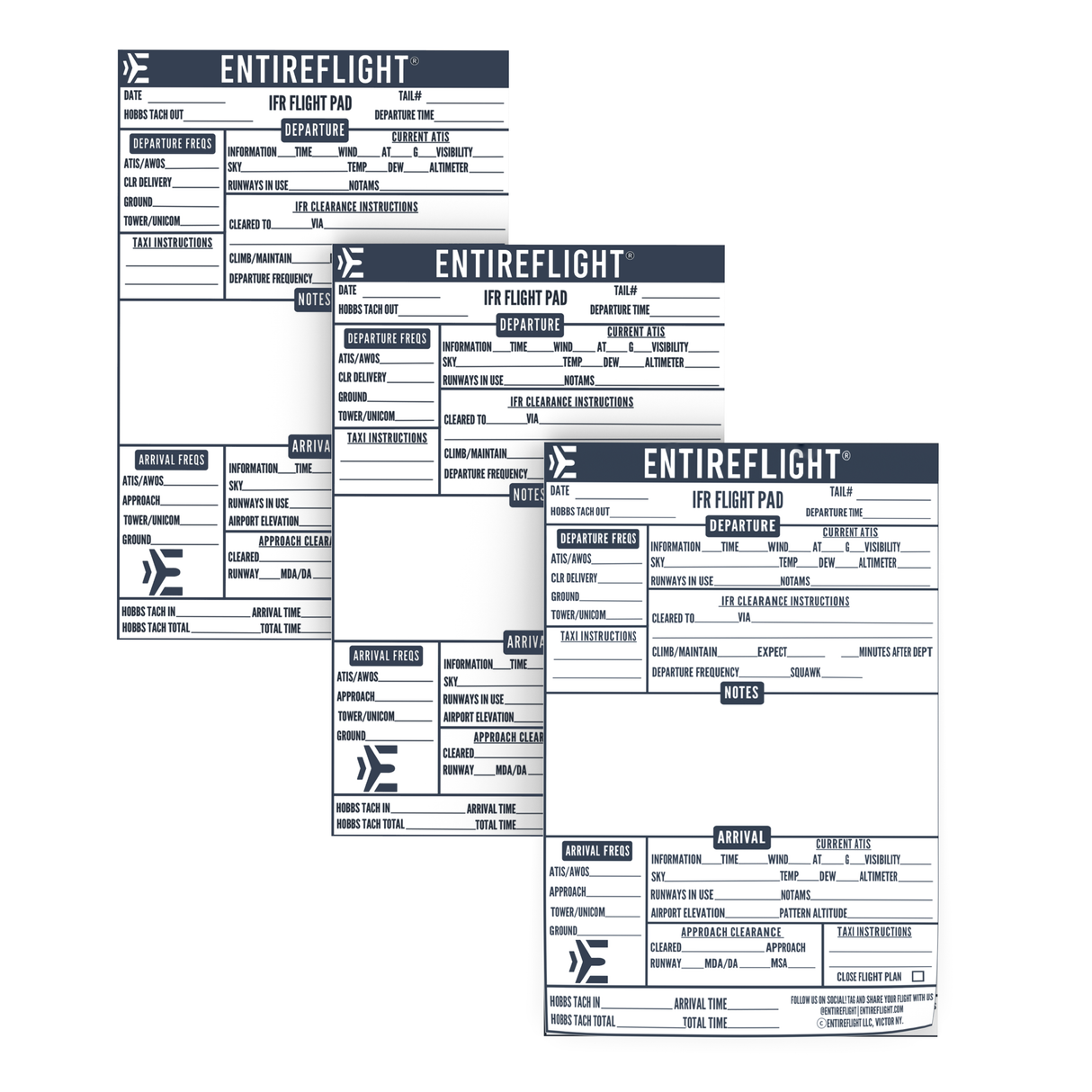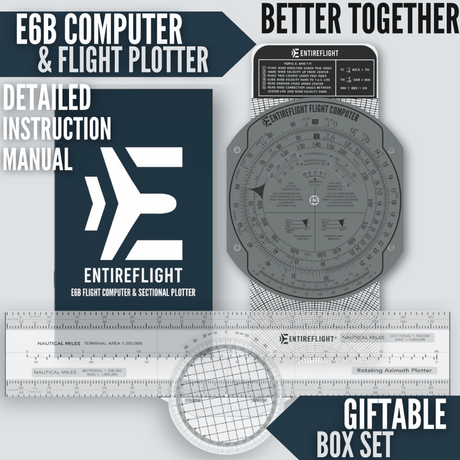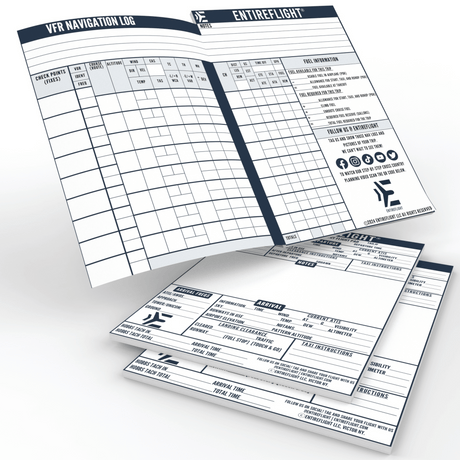Unravelling Slips and Skids : Are Skidding Turns More Dangerous Than Slipping Turns (Or Vice-Versa)?
Do you feel uneasy navigating turns as a new pilot, unsure about the difference between
Ready for safer skies ahead? Let's dive in!
Key Takeaways
-
Slipping and skidding turns are uncoordinated maneuvers, with skids posing a greater risk of spinning and loss of control. - Skidding turns increase the chances of a spin because the low wing can stall and cause an uncontrollable spin.
- To navigate turns safely, pilots should use proper coordination techniques, including using rudder and aileron controls, maintaining balanced bank angles, practicing smooth control movements, and monitoring turn indicators.
The Difference Between Slipping and Skidding Turns in Aviation
In a slipping turn, the aircraft's nose is pointed away from the bank angle, while in a skidding turn, the nose is pointed towards the bank angle.
Definition of slipping turn
A slipping turn occurs when you, as a pilot, apply rudder opposite to your bank. This action causes the airplane to yaw toward the inside of the turn and slightly decrease or halt its rate of turning.
The ball present in the aircraft's inclinometer moves toward the low wing during this maneuver. Slipping turns are considered uncoordinated, yet they can be useful for shedding altitude without gaining speed, which is beneficial in certain situations like landing approaches.
Definition of skidding turn
Skidding turns are a dangerous maneuver. In a skid, the aircraft's direction of movement is actually sliding sideways, rather than making a proper turn. This happens when the pilot uses too much rudder or not enough coordination with the other flight controls.
Skids can lead to a loss of control and increase the risk of spinning, which is something all pilots aim to avoid. It's important for beginner pilots to understand the definition of skidding turns and how they differ from slips in order to navigate turns safely and maintain control of their aircraft.
| Aspect | Skidding Turns | Slipping Turns |
|---|---|---|
| Definition | Turn rate is slower than the bank angle, causing the outside wing to generate more lift and yaw the nose outside the turn. | Turn rate is faster than the bank angle, causing the inside wing to generate more lift and yaw the nose inside the turn. |
| Performance Impact | Increases stall speed, reduces lift, and decreases control authority, potentially leading to a loss of control or entering a spin. | Increases stall speed, reduces lift, and decreases control authority, compromising aircraft stability and safety. |
| Landing Considerations | High sideways drift during landing, increasing the risk of runway excursion or directional control loss. | Steep descent angle during landing, reducing available runway length for a safe touchdown. |
| Correction Techniques | Decrease the rate of turn or increase the bank angle to correct the skidding tendency. | Increase the rate of turn or decrease the bank angle to correct the slipping tendency. |
| Piloting Importance | Recognizing and avoiding skidding turns is crucial for safe flight and preventing potential spin hazards. | Awareness and correction of slipping turns are essential for maintaining control and stable approaches during landings. |
| Training Emphasis | Pilots must undergo proper training to recognize, prevent, and recover from skids to enhance flight safety. | Proper flight training and proficiency in coordinated flight techniques help prevent slips and improve landing accuracy. |
The Dangers of Skidding Turns
Skidding turns pose a significant risk as they can lead to increased chances of spinning and loss of control.
Increased risk of spin
Skidding turns pose a greater danger because they significantly increase the risk of a spin. When the aircraft is in a skid, there is a higher chance that the low wing will stall and cause an uncontrollable spin.
This loss of control can be extremely dangerous and lead to accidents if not corrected promptly. It is important for pilots to understand this increased risk and take proper precautions to maintain coordination during turns.
Loss of control
Skidding turns can lead to a loss of control, making them particularly dangerous. When the aircraft is in a skid, the low wing has a higher chance of spinning, putting the pilot in a precarious situation.
It's important for pilots to understand that both
How to Identify and Correct Slipping and Skidding Turns
To identify
Turn and slip indicators
Turn and slip indicators are important tools for pilots to safely navigate turns. These instruments provide crucial information about the aircraft's coordination and bank angle during a turn.
The turn indicator shows the rate of turn, while the slip indicator, also known as the ball or inclinometer, indicates if the aircraft is skidding or slipping. By using these indicators, pilots can make real-time adjustments to maintain proper coordination and prevent dangerous situations such as stalls or spins.
Yaw string technique
This is a simple yet effective visual aid that can help beginner pilots maintain coordination during turns. Here's how to use it:
- Position the string: Attach the yarn or ribbon to a visible spot on the aircraft's windshield or canopy.
- Observe the string: During normal flight, the yarn should be straight and aligned with the direction of airflow.
- Watch for deflection: When executing a turn, keep an eye on the string. If it starts to deflect or move to one side, it indicates that there may be a slip or skid occurring.
- Take corrective action: If you observe a deflection, make the necessary adjustments using rudder inputs. Apply opposite rudder if there is a slip (ball towards outside of turn) or add some inside rudder if there is a skid (ball towards inside of turn).
- Practice with caution: Remember that mastering this technique takes practice and experience. Start by performing gentle turns and gradually increase the difficulty as your skills improve.
Navigating Turns Safely with Aileron Controls
To navigate turns safely, it is crucial to maintain proper coordination between the rudder and aileron controls. An aileron control is a primary flight control surface on an aircraft's wing that is used to control the aircraft's roll about its longitudinal axis. They are movable hinged surfaces located near the trailing edge of each wing, typically one on the left wing and one on the right wing. This differential movement alters the lift on each wing, causing the aircraft to roll and initiate a turn.
Remember these key points:
- Coordinate your turns: Use the rudder pedals by applying the appropriate amount of rudder in the direction of the turn. This helps maintain balance and prevents slipping or skidding.
- Bank with ailerons: Apply gentle pressure on the control yoke or stick to achieve the desired bank angle, keeping in mind that excessive banking can lead to stalls.
- Maintain coordinated flight: Throughout the turn, make sure to keep the ball centered on your turn coordinator instrument. This indicates that your flight is coordinated and reduces the risk of stalling or spinning.
- Adjust as necessary: Be ready to make small adjustments throughout the turn. This will help maintain coordination and ensure smooth control of your aircraft.
Importance of maintaining coordination
Maintaining coordination is extremely important when navigating turns in order to ensure safe and controlled flight. By keeping the aircraft properly coordinated, you can minimize the risk of stalls and spins, which are major hazards during turns. Failing to maintain coordination can lead to uncontrolled skids or slips, increasing the chances of accidents and loss of control.
As a pilot, it is essential to understand and practice proper coordination techniques to ensure safe flying maneuvers.
Using turn coordinators and other navigation aids
To navigate turns safely as a beginner pilot, it is important to use navigation aids. Here are some key tools and techniques to help you:
- Turn coordinators: These instruments provide valuable information about the rate of turn and the aircraft's coordination.
- Heading indicators: These instruments display the aircraft's heading, allowing you to maintain a consistent direction during turns. By keeping an eye on your heading indicator, you can ensure that you stay on track throughout the maneuver.
- GPS systems: Global Positioning System (GPS) devices can provide accurate information about your position, altitude, and groundspeed. This can be helpful when planning and executing turns, especially when navigating through unfamiliar terrain or airspace.
- Visual references: Using visual cues such as landmarks, roads, or water bodies can help you maintain orientation during turns. By identifying these reference points before making a turn, you can ensure that you maintain proper situational awareness throughout the maneuver.
- Radio navigation aids: Utilizing radio navigation aids such as VOR (VHF Omnidirectional Range) or GPS waypoints can help guide you accurately through turns. By tuning in to these navigation aids and following their guidance, you can navigate turns with precision.
Mastering Safe Turns: A Priority for Every Pilot
Recognizing the contrast between
By utilizing proper coordination techniques and navigation aids, pilots can ensure they maintain control and fly safely during turns. Remembering these key points will help you become a skilled pilot who can confidently handle any turn soar with unwavering confidence.
FAQs
Q: What is skidding and slipping, and why are they considered dangerous?
A: Skidding is when the aircraft's rate of turn is too slow for the amount of bank, causing the outside wing to generate more lift and yaw the nose outside of the turn. Slipping, on the other hand, is when the aircraft's rate of turn is too fast for the amount of bank, causing the inside wing to generate more lift and yaw the nose inside of the turn. Both maneuvers can lead to uncoordinated flight and adverse effects on aircraft control and stability.
Q: Are skids or slips generally more dangerous?
A: Both skids and slips can be dangerous in, but skids are often considered more hazardous. Skidding increases the risk of a wing stall and can lead to a loss of control. Slips, when properly executed, are typically less risky and can assist with controlled descents or maintaining altitude during approaches.
Q: How does skidding affect an aircraft's performance?
A: Skidding puts an aircraft in an uncoordinated flight state, where the nose of the aircraft is yawed in the opposite direction of the turn. This can lead to aileron and rudder reversal, making it difficult to control the aircraft. In extreme cases, it can result in a spin, which is a dangerous and uncontrolled maneuver.
Q: Can slipping cause a stall?
A: Slipping, when executed properly, does not typically cause a stall. However, it is important to maintain a safe airspeed and avoid excessive slips, as they can increase the angle of attack on the low wing, potentially leading to a wing stall if not addressed.
Q: Which factors should a pilot consider when deciding to use a slip or a skid?
A: When deciding between a slip or a skid, a pilot should consider factors such as aircraft type, altitude, wind conditions, desired flight path, and maneuvering requirements. It is crucial to maintain control of the aircraft and ensure coordinated flight to reduce the risk of stalls and loss of control.
Q: What are the potential consequences of excessive skidding or slipping during landing?
A: Excessive skidding during landing can cause the aircraft to land with a high sideways drift, increasing the risk of runway excursion or loss of directional control. Conversely, excessive slipping during landing can lead to a steep descent angle, reducing the available runway length for a safe landing and increasing the chance of a hard touchdown.
Q: How can pilots recognize and correct skidding or slipping in flight?
A: Pilots should be vigilant about recognizing uncoordinated flight indications, such as the ball of the turn-and-slip indicator not centered or a slip-skid indicator displaying a slip or skid. To correct skidding, the pilot must decrease the rate of turn or increase the bank angle, while for slipping, the pilot should increase the rate of turn or decrease the bank angle.
Q: What are some best practices for avoiding skidding and slipping hazards?
A: Proper training and proficiency in flight techniques are essential to prevent skidding and slipping. Pilots should avoid excessive rudder and aileron inputs during turns and prioritize stability and control. Regular flight reviews and staying attuned to aircraft performance cues contribute to safer and more enjoyable flying experiences.






















